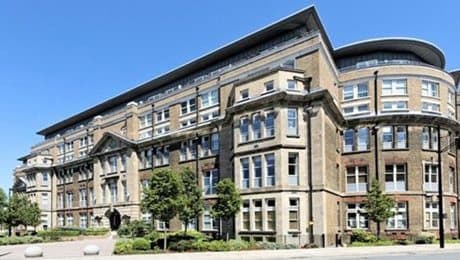Woolwich: London Area Guide
Searching for a new home in south east London? Take a look at our London area guide to living in Woolwich.

Searching for a new home in south east London? Take a look at our London area guide to living in Woolwich.

Compare moving quotes in 4 simple steps